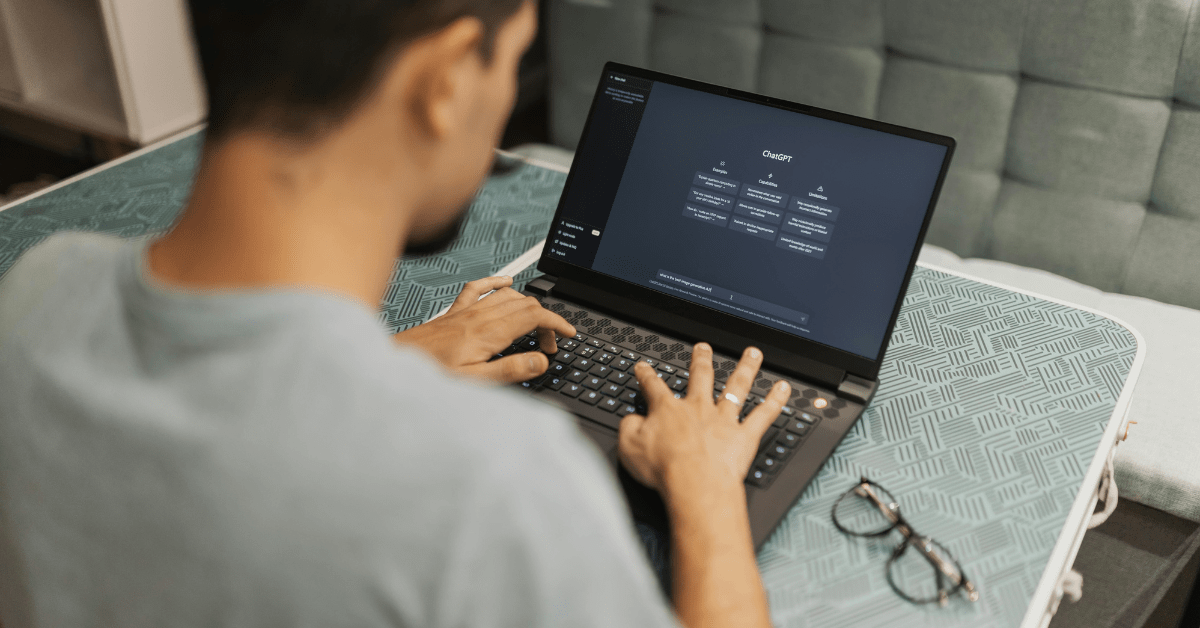Like a parrot mimicking words without understanding their meaning, artificial intelligence can sound intelligent without truly thinking for itself. AI learns by repeating patterns from the data it’s fed, and that data comes from us.
The places that data is pulled from can vary, one of which is LinkedIn. It recently announced that from November 3 it will begin sharing user data with Microsoft and its affiliates to train AI systems, and users are automatically opted in.
While this change aims to improve AI-powered features like suggested posts and automated responses, it raises important questions about data privacy, consent, and transparency.
What’s Changing and Why It Matters
Starting 3 November 2025, LinkedIn will expand its data-sharing policy, allowing member information to be used in Microsoft’s AI training models. This means your profile details, posts, and professional interactions could all feed into AI algorithms designed to enhance LinkedIn’s generative tools.
The update falls in line with Microsoft’s broader strategy of integrating AI across its ecosystem. However, many users are understandably concerned about how their professional and personal data could be repurposed. Even if your content is public, you still deserve the choice to decide whether it’s used for machine learning.
For businesses, this change goes beyond being just a privacy concern – it could be a data-governance issue. If your organization operates in regulated industries or handles sensitive information, you’ll want to ensure employee accounts are configured correctly to avoid unintended exposure.
What Data LinkedIn May Use for AI Training
LinkedIn’s updated privacy documentation outlines the types of information that may be used for AI training pipelines:
- Profile data: Name, photo, current position, work experience, education, skills, and endorsements.
- Job-related data: Resumes, screening question responses, and job application details.
- Member content: Posts, articles, polls, and comments.
- Groups data: Activity and messages within LinkedIn groups.
- Feedback: Ratings and responses you provide to platform prompts or surveys.
Certain information is explicitly excluded, including private messages, login credentials, payment information, and any salary or application data that can directly identify an individual.
If LinkedIn determines that you’re under 18, your data won’t be used for training content-generating AI models. However, your information may still be used for non-content AI purposes such as personalization or anti-abuse systems.
How to Opt Out of LinkedIn AI Training
If you’d prefer not to have your information included in AI training, you can easily opt out through your account settings.
To disable AI training for your data:
- Open your profile menu and select Settings & Privacy.
- Go to Data Privacy → Data for Generative AI Improvement.
- Toggle off the option labeled “Use my data for training content creation AI models.”
If you also want LinkedIn to stop using your information for non-content AI (such as trust and security models), submit a Data Processing Objection Form and select “Object to processing for training content-generating AI models.” Once approved, you’ll receive confirmation that your preferences have been updated.
Reduce Your Data Exposure
Even after opting out, there are practical steps you can take to limit how much of your data remains in circulation:
- Review older posts: Visit Manage → Posts & Activity and delete any outdated or sensitive content.
- Check job application settings: Under Data Privacy → Job Application Settings, remove stored resumes or application files you no longer want shared.
- Limit personal details: Remove non-essential information such as your birth date, personal phone number, or home address.
- Assume public content can still be used: If your posts or articles are shared by others, portions of that information could still enter AI datasets.
These small changes can help reduce your overall exposure and strengthen your personal data hygiene across platforms.
Take Control of Your Data
If you’re unsure how these new settings might affect your business or want to strengthen your organization’s privacy posture, we can help.
Reach out to us today to review your data-sharing policies, tighten account security, and ensure your business stays protected in the age of AI.



